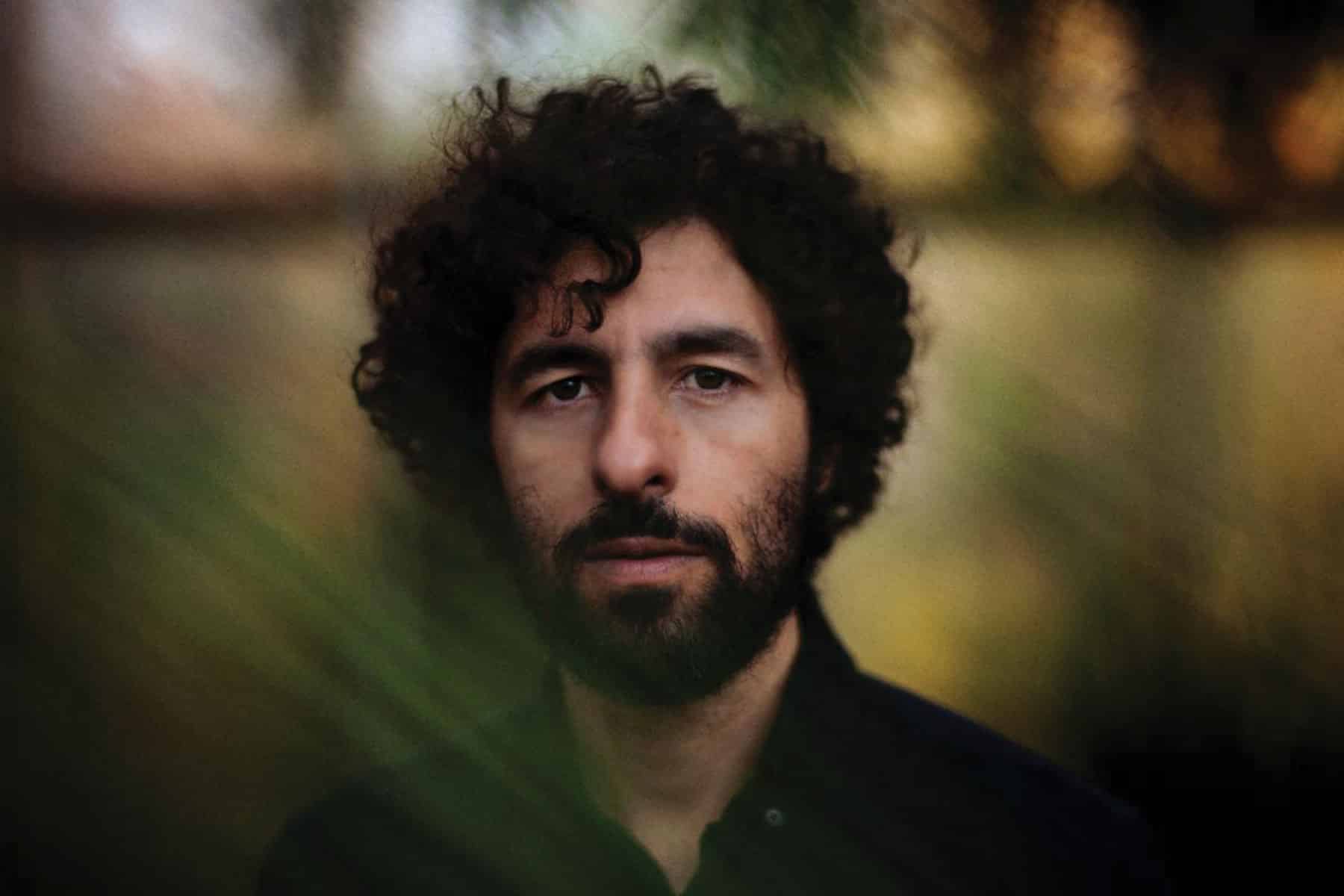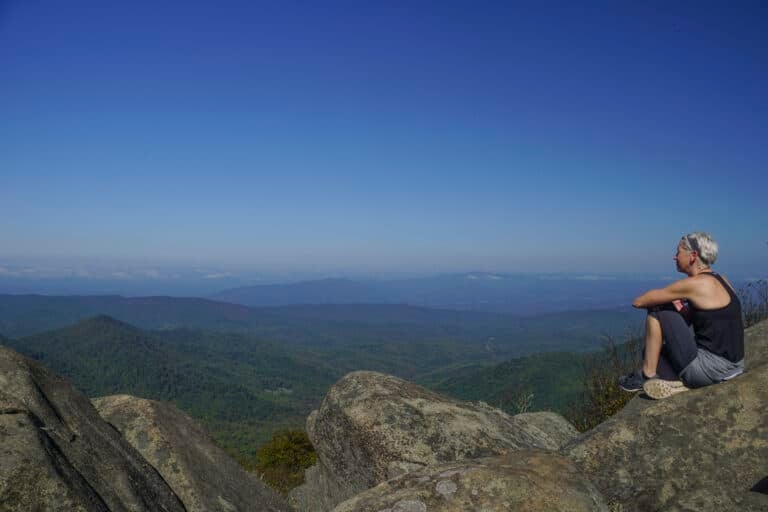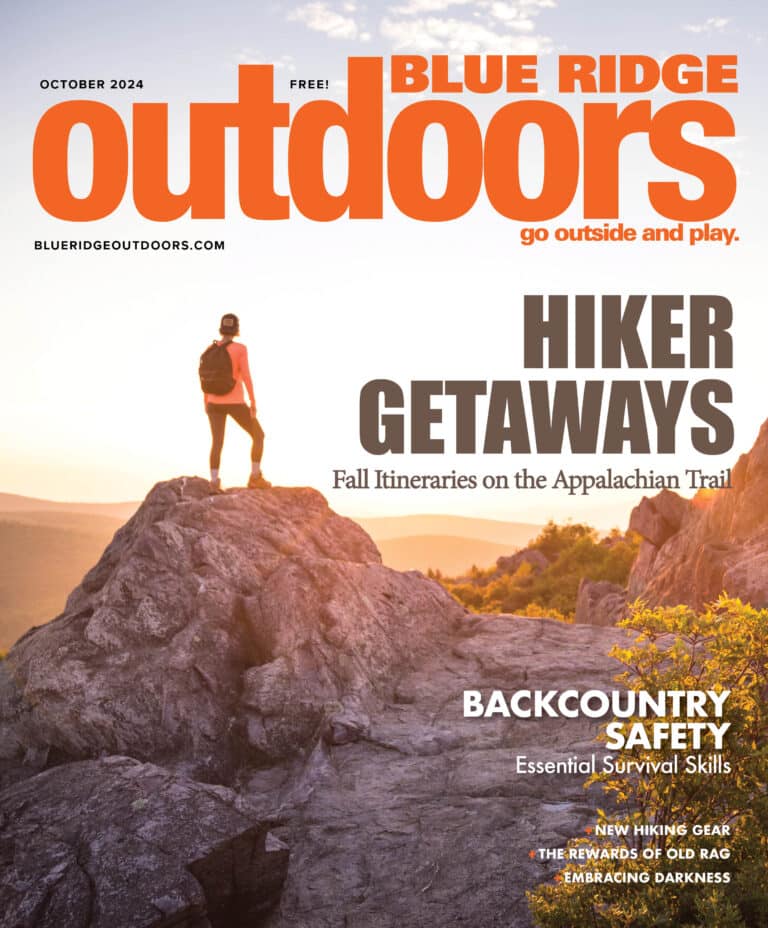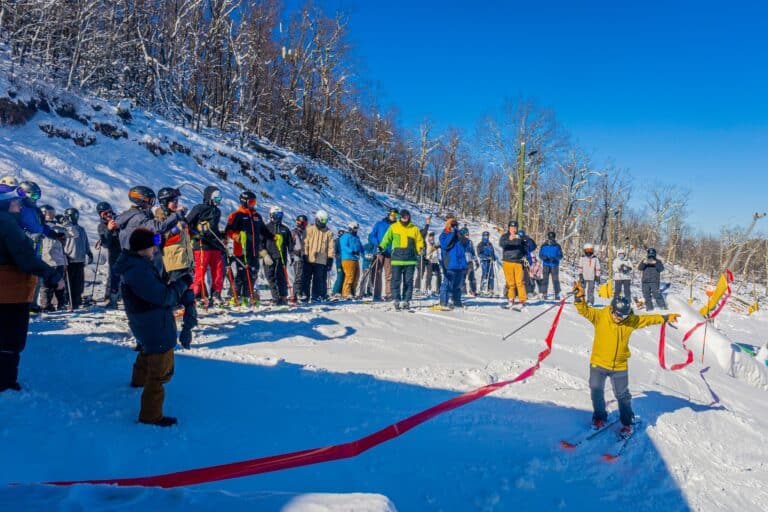Born in Sweden of parents who fled the Dirty War and dictatorship in Argentina, José González writes songs influenced by both the pure beauty of the Scandinavian landscape and his scientific background in biochemistry. González burst onto the American indie music scene in 2005 with the album “Veneer.” In 2013, he collaborated with Ben Stiller to create music for the film “The Secret Life of Walter Mitty,” and the song “Stay Alive” from that film found new life during the pandemic on playlists of those seeking some solace in a world that felt broken. González’s latest, “Local Valley,” is as much an intellectual exploration as it is a collection of hauntingly lovely songs. González describes it as “a metaphor for both humanity stuck here on Earth—our local green valley in a vast, inhospitable universe—and also for two dogmatic tribes stuck in a state where they’re unable to see things from the others’ perspective, preventing them from establishing a more harmonic state.” He took the time to talk more about his philosophy and songwriting.
Why did you decide to record this album in a home studio in your summer house?
I had been looking for a studio for forever, but I realized that I don’t need to have a room and soundproof it in the city if I just have a summer house. So I wrote and recorded this album 45 minutes north of Gothenburg along the coast. The view from the house looks out on nothing but woods and rocks. It’s been fantastic to have that view when I’m writing. Then, as soon as I have my demos, I go out for runs or walks or take a dip in the ocean. It’s been a great switch for me in my life to be closer to nature.
And you included birdsong on some of the tracks.
When I was writing and recording the album, I was hearing birds all the time outside of the house. When I started recording, I couldn’t hear them. So I set out to record them one evening, and I started using them on the songs. I wanted to use them on the whole album, but it was too much so I just used them on three songs.
Tell us more about the metaphor of the local valley from which the album gets its name.
I’m inspired by Carl Sagan and his book “Pale Blue Dot.” Even though we’re a lot of people here, this planet is still this little rock out in a dark and uninhabitable space. Nature and the universe don’t really care about us. We have to make this valley as good as possible for ourselves. So I really resonate with this metaphor of the pale blue dot, the local valley. More specifically, in terms of climate change, the last 10,000–12,000 years have been extremely stable. We’ve been in this global state that we seem to be destabilizing. So we need to get our shit together. I think science and research is the way to try to figure out how we can make a thermostat so we can continue living in a Holocene-like state.
What’s giving you hope in the darkness and bad news in the world?
There’s a book by MIT professor McAfee called “More From Less.” He talks about whales coming back. And there are good examples of us using less land and giving back.
How do you write songs with these ideas in them, but not make them too heady?
From song to song, I’m trying to strike a balance that’s not too preachy, that’s open-minded. With a song like “Visions,” I’ve been pretty bold in my ambitions. But then I also have sillier songs that aren’t really preachy. I’m opening myself up on this album in terms of what I’m thinking about, so I’m more direct than ever. In a way, it was easier to write. I don’t feel like I need to hide behind an enigmatic stance.
When you make observations out in nature, what are you looking for?
I think I’m pretty good at switching between the romantic who just goes out at sunset and sits there with a beer and a scientist who goes down into the details about molecules and environmental issues and problems. It depends on what you want to do. But if we go down to the archipelago near Gothenburg, we can sit close to the water on one of the rocks and take a swim and enjoy a sandwich.
You stand against dogmatism of all kinds. How do you think we can move away from political polarization?
People may think of me as liberal, but I do my best to listen. For example, I have read a couple of right-wing economists. I’ve also read social psychologists like Jonathan Height who try to pinpoint differences in ways of thinking between left and right. Some of these ways of thinking may be rooted in our evolutionary psychology. I do my best to try to be anti-dogmatic, to be able to change my mind. I know it’s an impossible mission to try to always change our mind toward the better, but if you have that ambition, at least you won’t get stuck as often you would have otherwise.
Cover photo courtesy of José González (pictured)








